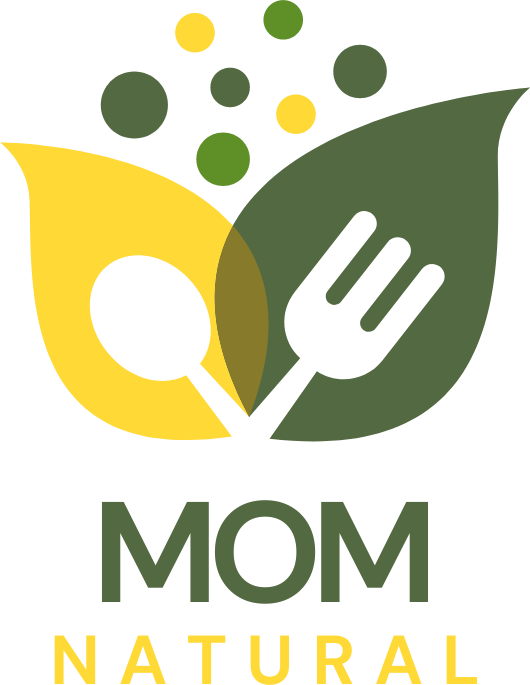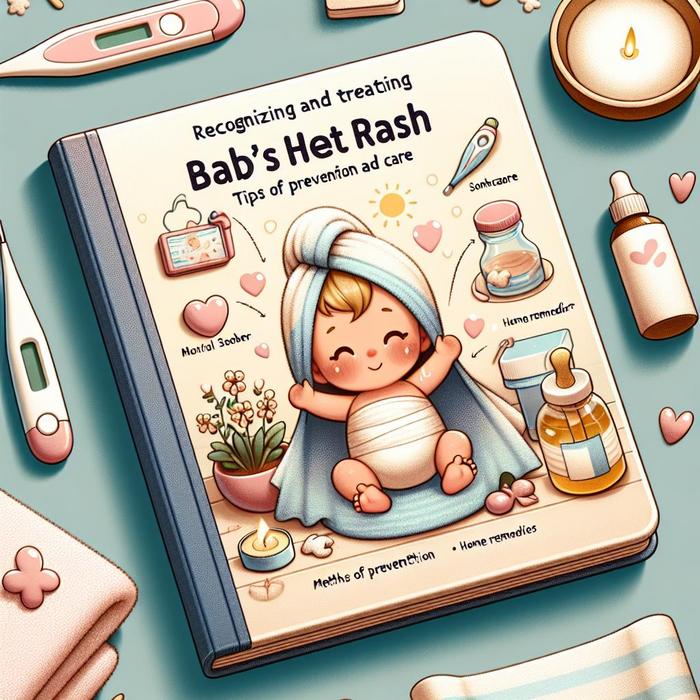Recognizing Heat Rash Symptoms in Your Baby
During the hot summer months, one common condition that can cause discomfort to your little one is heat rash. This condition, while generally harmless, can lead to fussiness and unease. Recognizing its symptoms early can help you provide the necessary care and avoid complications. So, what does it look like, and how can you spot it? Let’s find out.
Identifying Heat Rash
Heat rash, also referred to as prickly heat, typically manifests as tiny red bumps on the skin. These bumps could resemble a cluster of small pimples or blisters and are often found in areas where sweat accumulates, like the neck, back, armpits, chest, or the diaper area. Besides the distinctive rash, your baby might also appear irritable or restless due to the itchiness and discomfort. Seattle Children’s provides an excellent resource for visual recognition of this condition.
Common Causes of Heat Rash
Heat rash often occurs when sweat ducts become blocked and perspiration is trapped beneath the skin. This can happen for several reasons, including:
- Overheating due to hot or humid weather
- Dressing the baby in too many layers
- An immature sweat duct system, which is common in newborns
Understanding these causes can help in preventing rashes before they even begin.
Treating Baby Heat Rash: Immediate Care and Home Remedies
If your baby develops a heat rash, do not panic. Here are a few methods you can employ to soothe the rash and help your baby feel better:
Immediate Care
- Move your baby to a cooler environment: This could be a shaded area, inside an air-conditioned room, or anywhere away from direct heat.
- Remove excess clothing: Allow your baby’s skin to breathe and cool down by undressing them, if possible.
- Apply a cool compress: This will provide quick relief from the heat. Ensure that the compress is not too cold.
Home Remedies
Home remedies can be very effective in treating baby heat rash. Some suggestions include:
- Applying natural concoctions like chamomile or calendula cream, which have anti-inflammatory properties.
- Adding a few spoonfuls of baking soda or colloidal oatmeal to a lukewarm bath. This can help alleviate itchiness and soothe the skin.
- Gently cleaning and drying the affected area regularly to prevent infection.
Healthline offers a comprehensive guide on various treatments you can try at home.
Preventing Rashes: The Role of Mindful Parenting
While treating baby heat rash is crucial, prevention is always better. As part of our mindful parenting approach at Mom-Natural, we believe that awareness and understanding of the possible triggers can help keep heat rash at bay. Learning to recognize the signs of overheating, choosing appropriate clothing, and ensuring your baby’s skin stays clean and dry are all key elements in preventing skin irritation. Dive into our guide on mindfulness in parenting to get started.
When to Consult a Healthcare Professional
While heat rash typically resolves on its own with time and proper care, there are scenarios when consulting a healthcare professional is imperative. If the rash persists for longer than a few days, if your baby develops a fever, or if the rash area starts to swell, ooze, or become increasingly red, it may be a sign of an infection.
In such cases, don’t hesitate to seek professional advice . Remember to always trust your instincts. When it comes to the health and well-being of your child, it’s always better to err on the side of caution.
Understanding Different Types of Heat Rash
Miliaria Crystallina
This is the mildest form of heat rash where the blocked sweat ducts cause clear, superficial blisters that resemble beads of sweat. It, however, does not typically cause discomfort to babies. Refer this resource for more.
Miliaria Rubra
Miliaria rubra, or prickly heat, consists of red bumps that are deeper in the skin. These bumps may feel prickly or intensely itchy, leading to substantial discomfort. The frequency of rashes in sensitive areas like the neck, chest, and back often increases with this variant.
Miliaria Profunda
This rare type of rash affects deeper layers of the skin’s sweat glands. The lesions often manifest as larger, flesh-colored bumps. This type is more common in adults or babies exposed to chronic heat.
Common Misconceptions About Heat Rash in Babies
There are several misconceptions associated with heat rash in babies. Here are a few to be aware of:
- Heat rash is not contagious: It’s a skin condition that does not spread from person to person.
- Not just for the hot months: Heat rash can occur anytime sweat ducts get blocked, even in colder months if babies are overdressed.
- It’s not confined to any one area: While heat rash often appears on the neck, buttocks, and armpits of babies, it can technically occur anywhere on the body.
Recognizing Patterns and Holistic Care
Observing your baby’s response to heat, humidity, and clothing choices may provide insightful patterns that can help anticipate and manage miliaria effectively. Engaging with a holistic approach to your baby’s skincare routine can ensure their skin’s health, and overall well-being.
Remember, while heat rashes can be a cause of discomfort for your baby, with the right attention and care, they can be managed effectively ate home. Stay informed, watchful and ensure to refer to professional sources when in doubt.

